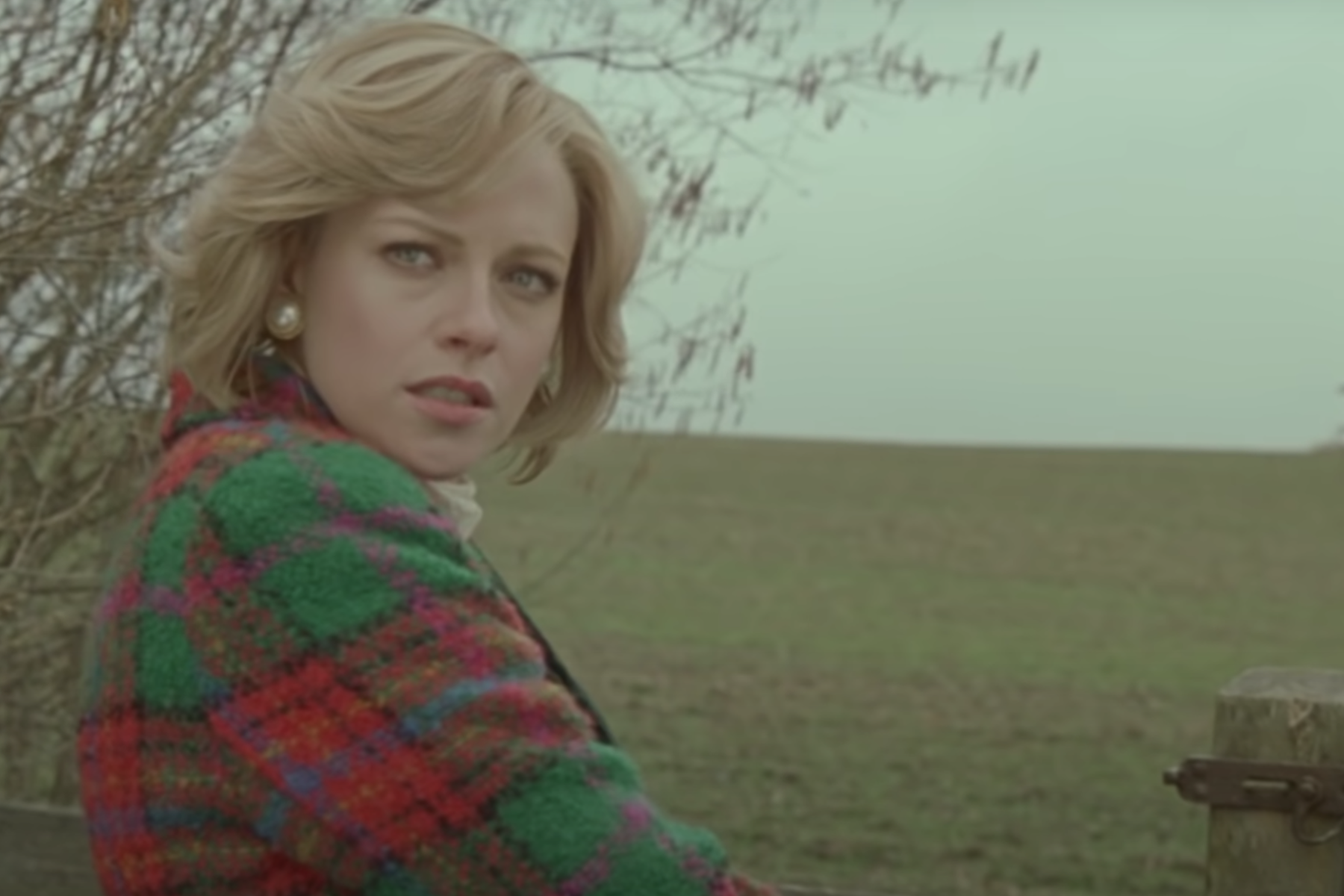Major plot spoilers for “Spencer” throughout.
Pablo Larraín’s “Spencer” begins with a title card telling you exactly what it is — “A fable from a true tragedy.” The film follows the late Princess Diana, played by Kristen Stewart, over the course of a three-day holiday at the Queen’s Sandringham House. Written by Steven Knight and based on several interviews he conducted with anonymous sources who were at the estate during the fateful 1991 Christmas, “Spencer” focuses on “when things unraveled” and Diana decided to leave Prince Charles, portrayed by Jack Farthing, and the rest of the royal family.
“I’ve got lots of stepping stones of actual events and stories. Then the job was to put her through the process of those events and try to see everything from her point of view,” Knight told Collider.
In doing so, “Spencer” becomes more than just a work of historical fiction. It becomes a psychological drama as Diana hallucinates at dinner, imagining that she tears the pearl necklace Charles gifted both her and Camilla Parker Bowles off her neck, eating the beads that land in her soup. It becomes a ghost story as she’s haunted by Anne Boleyn (Amy Manson), whom many believe was wrongly executed so King Henry VIII could marry another woman. It even becomes a fairy tale for a few fleeting moments as she whisks her sons Prince William (Jack Nielen) and Prince Harry (Freddie Spry) away from Sandringham, spending the remainder of their days as normal members of society, not recognized by intruding paparazzi.
Seeing everything as Diana might have is what sets Larraín’s film apart from other modern adaptions of the Princess of Wales’ life, such as “The Crown.” Instead of just a few scenes with her per episode, viewers are with Diana throughout the entire duration of “Spencer.” They hear every biting remark from Charles, they witness rooms falling silent upon her entry and they feel each judging, icy glare from the royal family whenever she doesn’t perfectly abide by their century-old rules.
These antiquated traditions come to haunt Diana throughout the film, starting upon her arrival to the estate. Major Alistair Gregory, played by Timothy Spall, immediately insists she is weighed to uphold the timeworn tradition that if one gains weight over the course of the Christmas holiday, it indicates they had a good time. Diana is deeply uncomfortable with this convention, as she is still struggling with bulimia, which is depicted graphically throughout the film. She’s rescued just in time by her boys, jumping up to greet the young princes before Major Gregory can finish balancing the likely centuries-old scale. William and Harry tell Diana that they have been freezing in the Sandringham house and she curses the rule that disallows proper heating in the house.
“You know how at school you do tenses, right?” Diana asks her sons later that evening, when they question why they can’t open their presents on Christmas morning like all of the other children around the world (yet another royal rule in play). “Well here, there is only one tense. There is no future. Past and present are the same thing.”
Diana is further confined in Sandringham by paper-thin walls and empty hallways. Despite the estate’s vastness, the isolation that she endures makes everything feel more claustrophobic. Members of the royal family barely speak to her, her closest confidants being Maggie (Sally Hawkins), a royal dresser, and Darren McGrady (Sean Harris), the royal head chef. This pair is partly based on the anonymous staff members Knight interviewed to write the fictionalized script. More time is spent with them than Diana’s husband or her in-laws, their roles more (quite literally) supporting while the latter are secondary.
“Spencer” shows us sides of Diana other adaptions haven’t dared to. She swears, dryly jokes about masturbating and even muses about the dead skin cells of former royals still floating around the home. Larraín and Knight see her as a human rather than a damsel in distress. Stewart, who appears to be a shoo-in for an Oscar nomination, is excellent, able to convey all of Diana’s multitudes, especially in the film’s first climactic scene when Diana breaks into Park House, her boarded-up childhood home.
In Park House, Diana remembers her happier moments when she felt free, not trapped in a miserable marriage or forced to act a certain way to be respected. A montage plays that spans from her childhood to adulthood, during which she is liberated, running and dancing with no end in sight. Afterward, Diana imagines committing suicide by throwing herself down the stairs, but she’s stopped by the ghost of Anne Boleyn and instead rips off the pearl necklace for real. It’s an emotional, haunting sequence, the princess finally deciding to let go of the pain this royal life has caused her.
“I wanted it to feel like a horror story, because it’s a fairy tale,” Knight said of the film to IndieWire. “And most fairy tales are just horror stories with a happy ending. I didn’t want it to be either a medical diagnosis, or a horror show in terms of the things that she sees are horrific. We’re seeing the world the way that she sees it. The princess is captured in the scary castle. And she escapes.”
The film does end with Diana escaping, taking William and Harry home in her personal car as “All I Need Is a Miracle” by Mike and the Mechanics plays over the radio as they all happily sing along. She takes them to Kentucky Fried Chicken, and the fast-food meal allows them to have just a smidge of normalcy. Wanting to keep her identity a secret so they can all enjoy the day, she uses her maiden name — Spencer — to order the food.
It’s bittersweet, seeing Diana finally escape, knowing that a separation from the cruel Charles is imminent. But knowing the reality of the situation, this joyful sequence doesn’t change the fact that Diana’s story doesn’t have a happy ending, the knowledge of the “true tragedy” washing over. However, “Spencer” serves as a thoughtful and careful imagining of an important period in her life and gives Diana the respect she certainly deserved.

















